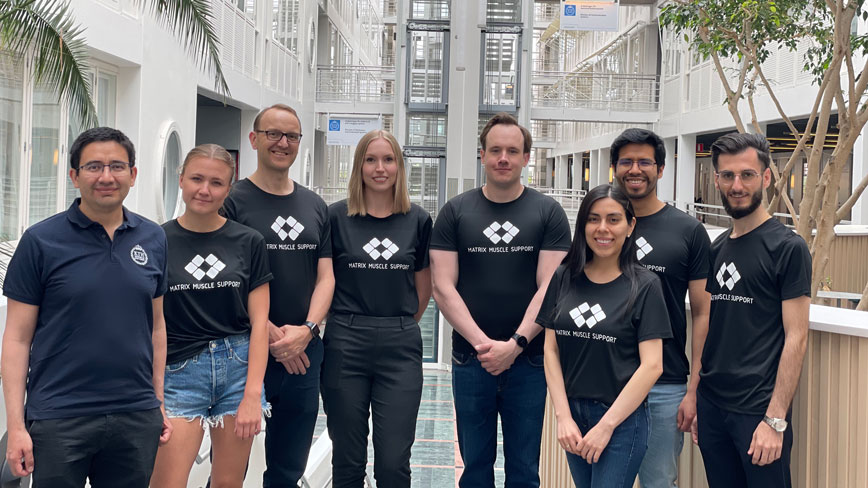Fast communication with spintronics is possible, models show

One step closer to better and faster communication in 5G and 6G has been taken. Ericsson and KTH will now evaluate the technology for two years, and the hope is to get closer to a prototype that can be used in just a few years.
“The electronics industry is facing a paradigm shift. The technology used today will not be sufficient in five years, and something must come in and replace that technology, says Gunnar Malm, Professor of Integrated Components and Circuits.
The 'Fundamental Fluctuations in Spintronics project has been running at KTH for five years. It has built computer models for spintronics, utilising the spin of electrons and their charge. The study looked at stable oscillator matrices. An oscillator is an electronic circuit that generates periodic waveforms at a desired frequency.
Phase noise - a vital component
The researchers worked on how varying material properties affect stability and connected several oscillators. They then create a microwave signal that can be used for communication in a 5G or 6G system. Spintronics can also be applied in normal computers where certain types of memory must be replaced to achieve high speed and long life on low power.
A vital component being looked at is phase noise, where you want to achieve higher power and a clean and clear signal to get better and faster communication.
"We want the phase noise to be lower and more predictable. We have combined advanced models with experimental results and have created a new tool for building better components," says Malm.
”This does not happen often, so it's exciting. It is also something that we researchers think a lot about, how important it is to make our results visible so that they can be used in society," says Malm.
Related news

Funding boost on blood clot prevention
Vinnova grants 4 MSEK for the development of next-generation Venous Thromboembolism prevention.
Read the article
Fast communication with spintronics is possible, models show
One step closer to better and faster communication in 5G and 6G has been taken. Ericsson and KTH will now evaluate the technology for two years, and the hope is to get closer to a prototype that can b...
Read the article
From implantable medical devices to spintronics-based systems
The use of new implantable medical sensors in the body requires new ways of supplying them with energy. Ana Rusu’s group develops smart and energy-efficient integrated circuits and systems towards min...
Read the article